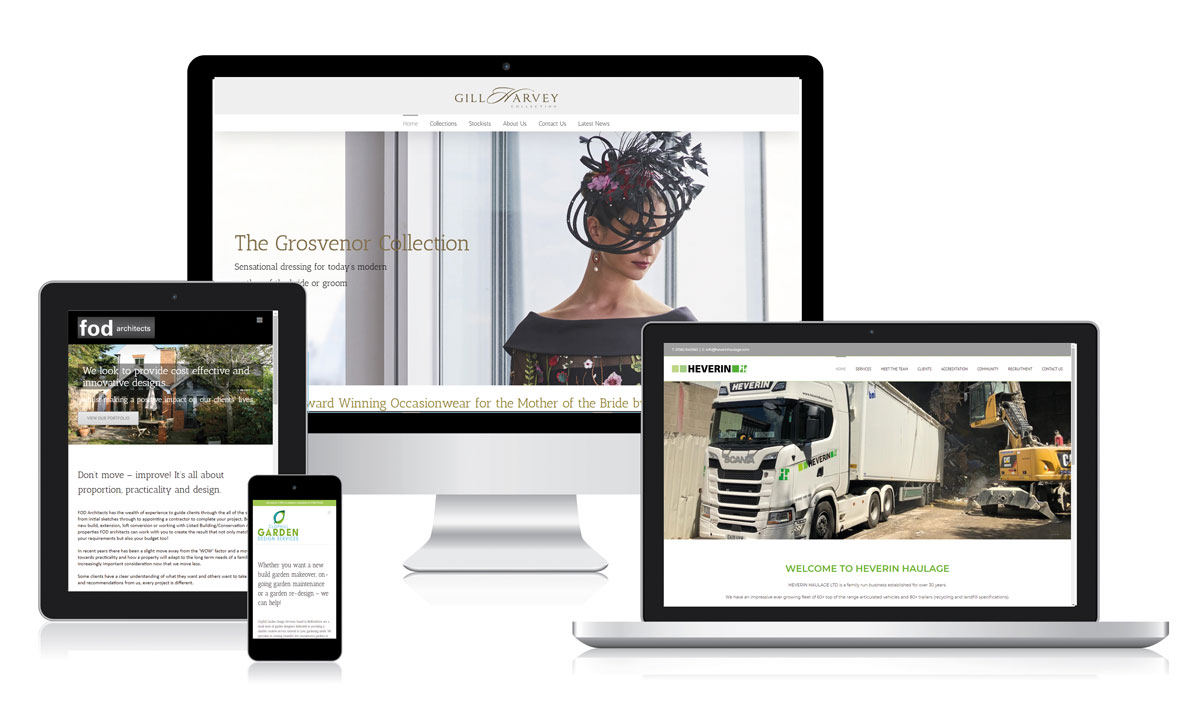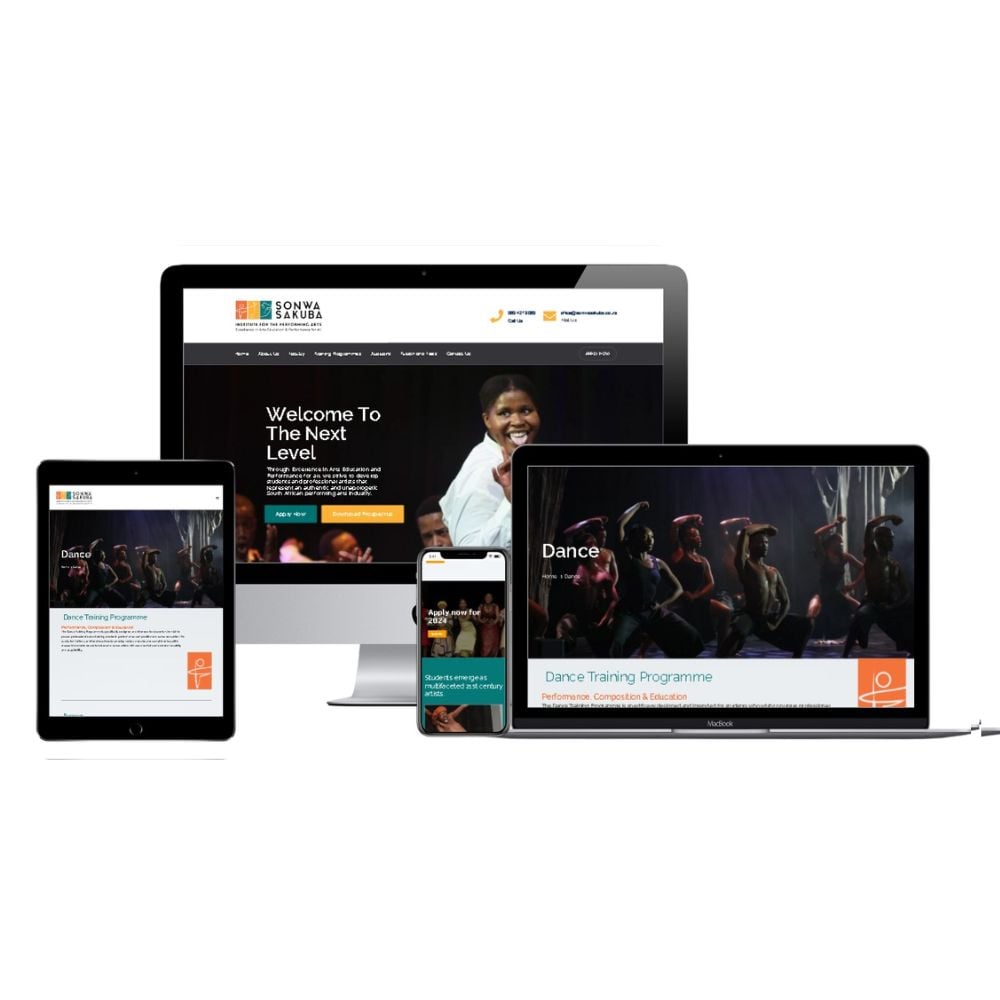How to Optimize Your Website Design for Better User Engagement and Retention
How to Optimize Your Website Design for Better User Engagement and Retention
Blog Article
Boost Involvement With Cutting-edge Site Layout Solutions
In the world of digital communication, the relevance of ingenious web site design remedies can not be overstated. A thoughtfully crafted customer experience, underpinned by critical visual design and interactive elements, can dramatically improve user involvement. By discovering various approaches such as receptive style and customized material, organizations can produce a system that not only mesmerizes individuals yet additionally cultivates long-term commitment. Nonetheless, the challenge depends on recognizing the subtleties of individual actions and preferences. This elevates an important inquiry: what specific techniques can be applied to ensure that a site remains compelling and user-centric?

Comprehending Individual Experience
Comprehending user experience (UX) is vital for producing effective web site style solutions, as it directly affects how customers interact with electronic platforms. A comprehensive UX method incorporates numerous aspects, consisting of usability, access, and customer fulfillment, all of which contribute to the general efficiency of an internet site.
To start with, functionality concentrates on just how quickly customers can navigate and discover the details they look for - website design. A well-structured design, instinctive navigation, and clear phone calls to activity are basic components that boost use. Accessibility guarantees that all users, including those with disabilities, can successfully communicate with the site. This entails designing material that is compliant with accessibility requirements and can be easily accessed utilizing assistive technologies.
Additionally, recognizing user personas is vital for tailoring the experience to fulfill certain audience needs. By performing user research study and screening, developers can collect understandings that educate style choices, making sure the website not only meets visual goals but likewise fulfills practical demands. Eventually, a thoughtful strategy to UX design promotes engagement, motivates retention, and improves general individual satisfaction, which are important for the success of any kind of electronic system.
Visual Design Techniques
Integrating efficient aesthetic layout methods is crucial for catching customer focus and enhancing the total user experience on a website. A well-thought-out aesthetic pecking order guides customers through the material, allowing them to easily soak up and browse info. This can be accomplished through the tactical use typography, color systems, and spacing, which jointly create a cohesive and engaging format.
Color plays a crucial duty in stimulating emotions and developing brand name identity. Utilizing a balanced shade combination that lines up with the brand name's ethos can promote experience and count on. In addition, incorporating high-quality photos and graphics boosts visual allure and can dramatically enhance user involvement.
Whitespace, typically overlooked, is equally important as it allows web content to breathe and protects against frustrating individuals with mess. It facilitates less complicated reading and comprehension, bring about a much more pleasurable surfing experience.
Last but not least, uniformity in design aspects-- such as switch icons, styles, and font styles-- makes sure a smooth individual trip, strengthening the brand's professionalism. By strategically carrying out these aesthetic design strategies, web sites can not only draw in site visitors but additionally encourage them to remain longer and engage even more deeply with the content.
Interactive Elements for Interaction
Engaging individuals effectively often rests on the implementation of interactive elements that invite involvement and cultivate a vibrant searching experience. These aspects, including quizzes, polls, and interactive infographics, motivate users to proactively take part instead than passively eat content. By incorporating such functions, web sites can not only capture interest however additionally enhance user retention.

Gamification is an additional effective technique. Integrating game-like components, such as accomplishments or rewards for completing jobs, can change ordinary interactions right into satisfying experiences. This method not only boosts engagement but additionally encourages users to return, developing a loyal audience.
Furthermore, interactive aspects can assist in social sharing, intensifying an internet site's reach. Features like remark areas, share switches, and user-generated material locations blog foster neighborhood interaction, turning site visitors right into active participants. website design. Eventually, the critical use interactive aspects is important for developing a appealing and engaging internet site that resonates with individuals
Receptive and Flexible Layout
A properly designed web site has to focus on responsive and flexible design to make certain ideal user experiences across a range of tools and display sizes. Responsive style employs liquid grids and flexible pictures, enabling the format to automatically change based on straight from the source the audience's display dimension. This approach makes sure that customers can conveniently navigate and interact with the material, no matter whether they are utilizing a desktop, smartphone, or tablet .
In comparison, adaptive design makes use of predefined layouts that are tailored to particular tool groups. This suggests that the site spots the sort of device being made use of and serves the ideal format, which can improve filling times and optimize the display screen of essential components. While both strategies intend to enhance functionality, receptive style is often preferred for its fluidness and smooth change in between tools.
Including responsive and adaptive style not only improves individual fulfillment however additionally positively affects online search engine positions. Browse engines focus on mobile-friendly websites, hence boosting visibility and bring in even more visitors. Spending in these style strategies is crucial for organizations looking to engage their target market effectively and maintain a competitive side in today's digital landscape. website design.
Analyzing Customer Feedback and Data
User comments and data evaluation are crucial elements of effective web site design, as they offer useful understandings into customer habits and choices. By systematically accumulating and checking out customer comments via studies, usability screening, and analytics tools, developers can identify discomfort factors and locations for improvement. This data-driven strategy enables companies to tweak their web site elements, making certain that the user experience aligns with target market assumptions.
Assessing metrics such as bounce prices, time on web page, and click-through prices uses a measurable viewpoint on user engagement. These metrics help developers determine which web content resonates and which areas may need optimization. In addition, A/B screening can be utilized to examine variations in layout, permitting developers to make enlightened choices based upon customer interactions.
Including individual comments not only boosts internet site usability yet additionally fosters a feeling of neighborhood and count on. Involving with users through feedback loops cultivates loyalty and motivates repeat visits. Eventually, leveraging user feedback and information analysis is indispensable to creating a dynamic, user-centered web site that adjusts to progressing individual requirements and preferences, thus driving higher involvement and complete satisfaction.
Conclusion

An attentively crafted individual experience, underpinned by critical aesthetic style and interactive components, can substantially enhance user involvement.Incorporating reliable aesthetic layout techniques is crucial for capturing customer interest and boosting the general customer experience on an internet site.User responses and data analysis are essential components of reliable website design, as they offer valuable understandings right into user behavior and choices. Ultimately, leveraging user comments and information analysis is important to creating a vibrant, user-centered website that adjusts to advancing individual demands and choices, thus driving greater engagement and complete satisfaction.
In final thought, innovative site layout remedies dramatically enhance user interaction by focusing on customer experience, using efficient visual methods, and integrating interactive elements.
Report this page